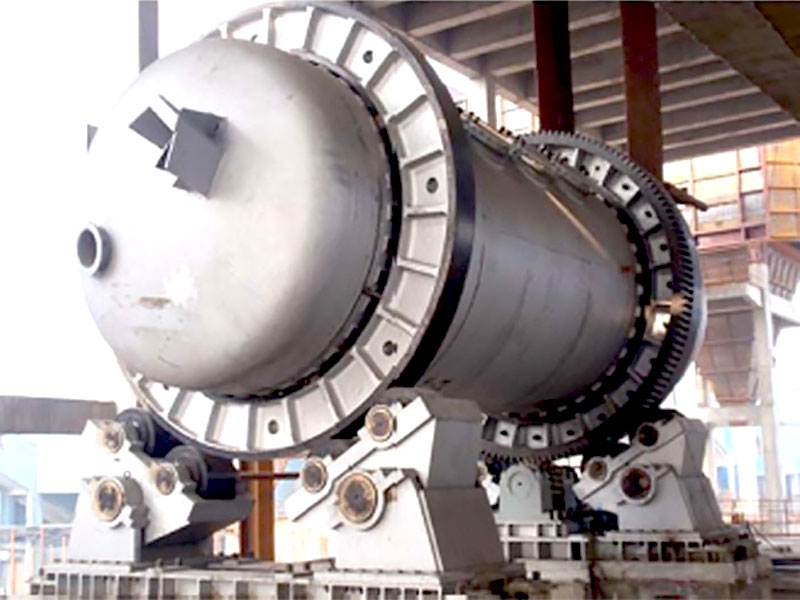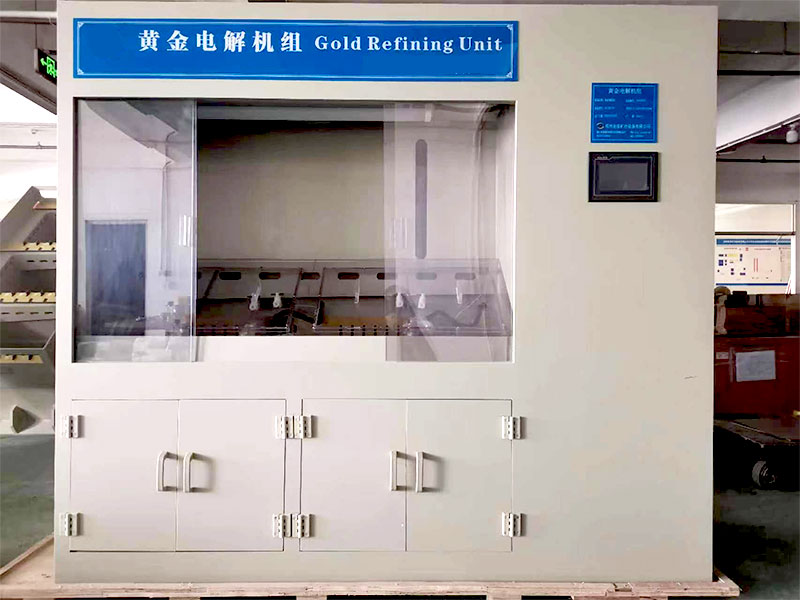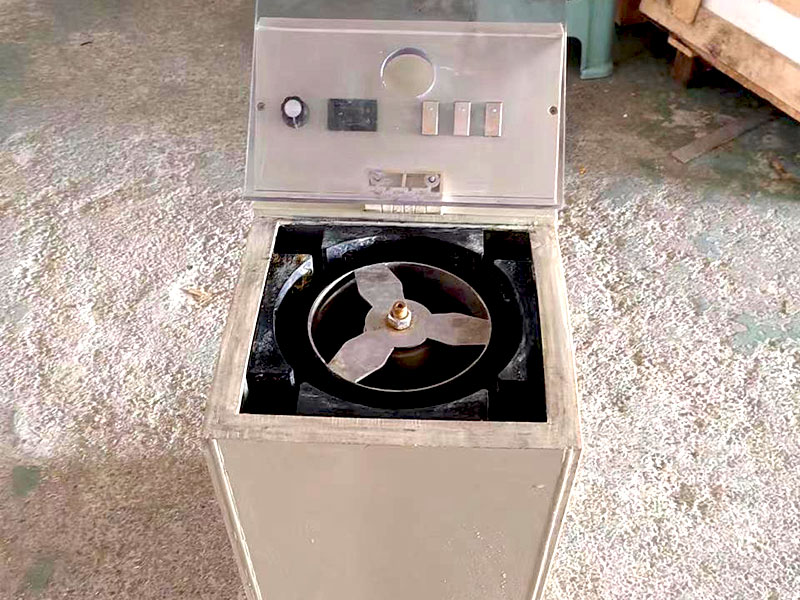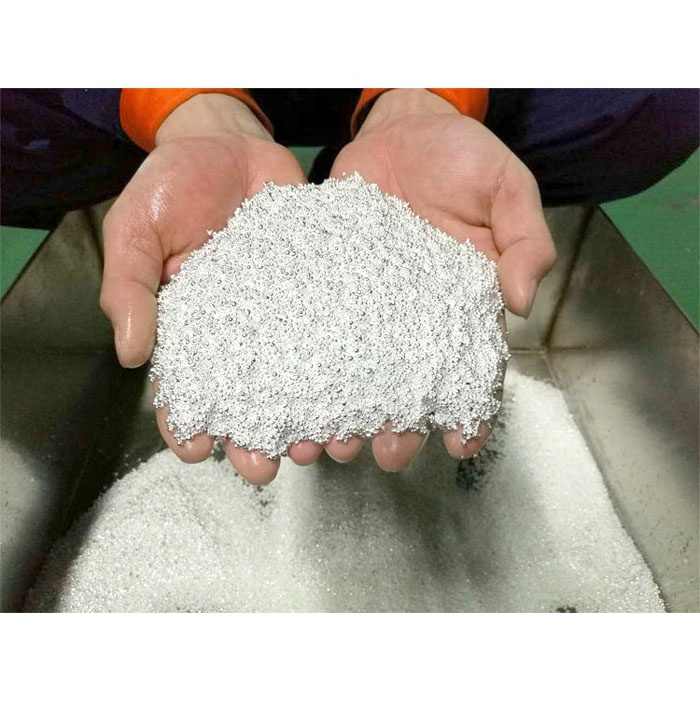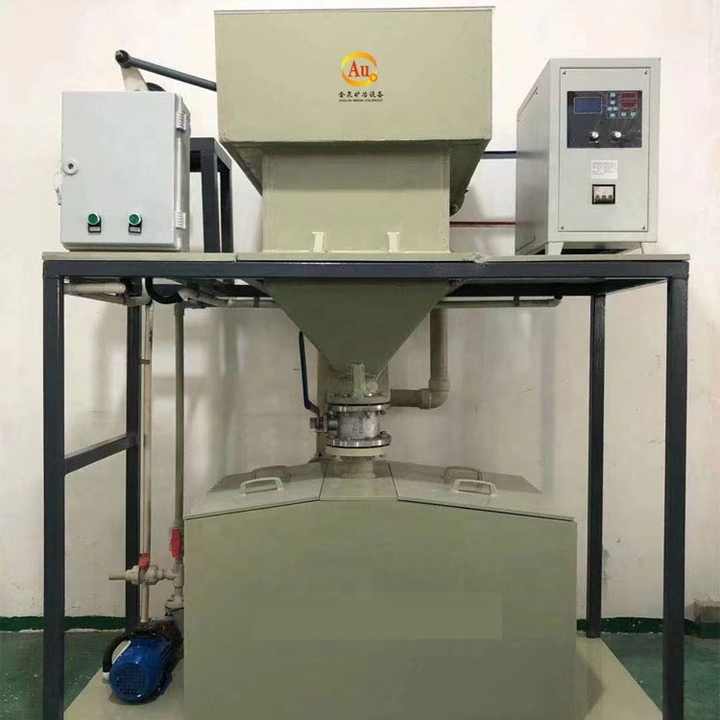silver refining process
Introduction to the Silver Refining Process
The silver refining process is essential for transforming raw silver ore into pure, high-quality silver. This process involves several key steps, each designed to remove impurities and enhance the purity of the silver. Understanding the silver refining process is crucial for anyone involved in precious metal industries, as it ensures the final product meets industry standards and expectations.
Initial Steps in the Silver Refining Process
The silver refining process begins with the collection and preparation of raw silver ore. This ore often contains various impurities such as lead, copper, and other metals. The initial step involves crushing and grinding the ore to liberate the silver particles from the surrounding materials. Once ground, the ore undergoes a series of chemical treatments to separate the silver from other elements. These treatments are critical in laying the foundation for a successful refining process.
Crushing and Grinding
Crushing and grinding are fundamental in the silver refining process. The ore is first crushed into smaller pieces to increase the surface area for subsequent chemical reactions. Grinding further reduces the ore into a fine powder, which is essential for the efficiency of the refining chemicals used in later stages. This preparatory step is crucial for ensuring that the silver extraction process is as effective as possible.
Chemical Separation
Following crushing and grinding, the ore undergoes chemical separation. Various methods can be employed, such as flotation, cyanidation, or amalgamation. Each method is designed to extract silver while leaving behind unwanted impurities. The choice of method depends on the specific characteristics of the ore and the desired purity of the final product.
Purification Methods in the Silver Refining Process
Once the initial separation has been completed, the next phase in the silver refining process involves purifying the extracted silver. This step is vital to remove any remaining impurities and achieve the high purity required for commercial silver. Two primary methods used in this stage are electrolysis and chemical treatments.
Electrolytic Refining
Electrolytic refining is a common technique in the silver refining process. This method involves dissolving impure silver in an electrolytic solution and then re-depositing it onto a cathode. The result is highly pure silver, as impurities remain in the solution and are removed during the process. Electrolytic refining is favored for its efficiency and ability to produce high-purity silver.
Chemical Refining
Chemical refining is another method used to purify silver during the refining process. This technique involves the use of chemicals to dissolve impurities and leave behind pure silver. Common chemicals used in this method include nitric acid and sulfuric acid. Chemical refining is often used in conjunction with other methods to achieve the desired level of purity.
Final Steps in the Silver Refining Process
The final steps of the silver refining process focus on the preparation of the refined silver for commercial use. This involves casting the silver into bars or other forms, followed by quality control checks to ensure the silver meets industry standards. The refined silver is then packaged and distributed for use in various applications, including jewelry, electronics, and other industries.
Casting and Molding
Casting and molding are the final stages of the silver refining process. Refined silver is melted and poured into molds to create bars, ingots, or other forms. This step is crucial for making the silver suitable for commercial use and for ensuring that it meets specific size and weight requirements.
Quality Control
Quality control is an essential part of the silver refining process. After casting, the silver undergoes rigorous testing to confirm its purity and compliance with industry standards. This ensures that the final product is of high quality and meets the expectations of consumers and industry professionals alike.
Conclusion
The silver refining process is a complex and multi-faceted procedure that transforms raw silver ore into pure, high-quality silver. From initial ore preparation to final quality control, each step in the process is designed to maximize the purity and value of the silver. Understanding the various stages of the silver refining process is crucial for anyone involved in the precious metal industry, as it ensures the production of top-quality silver for a range of applications.

